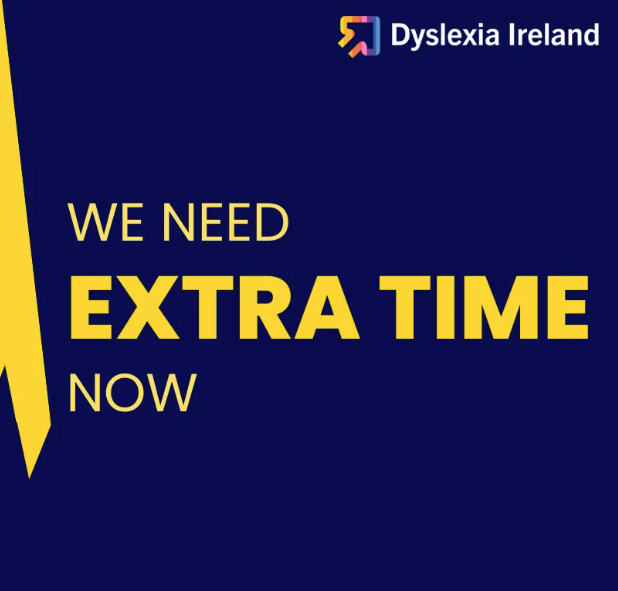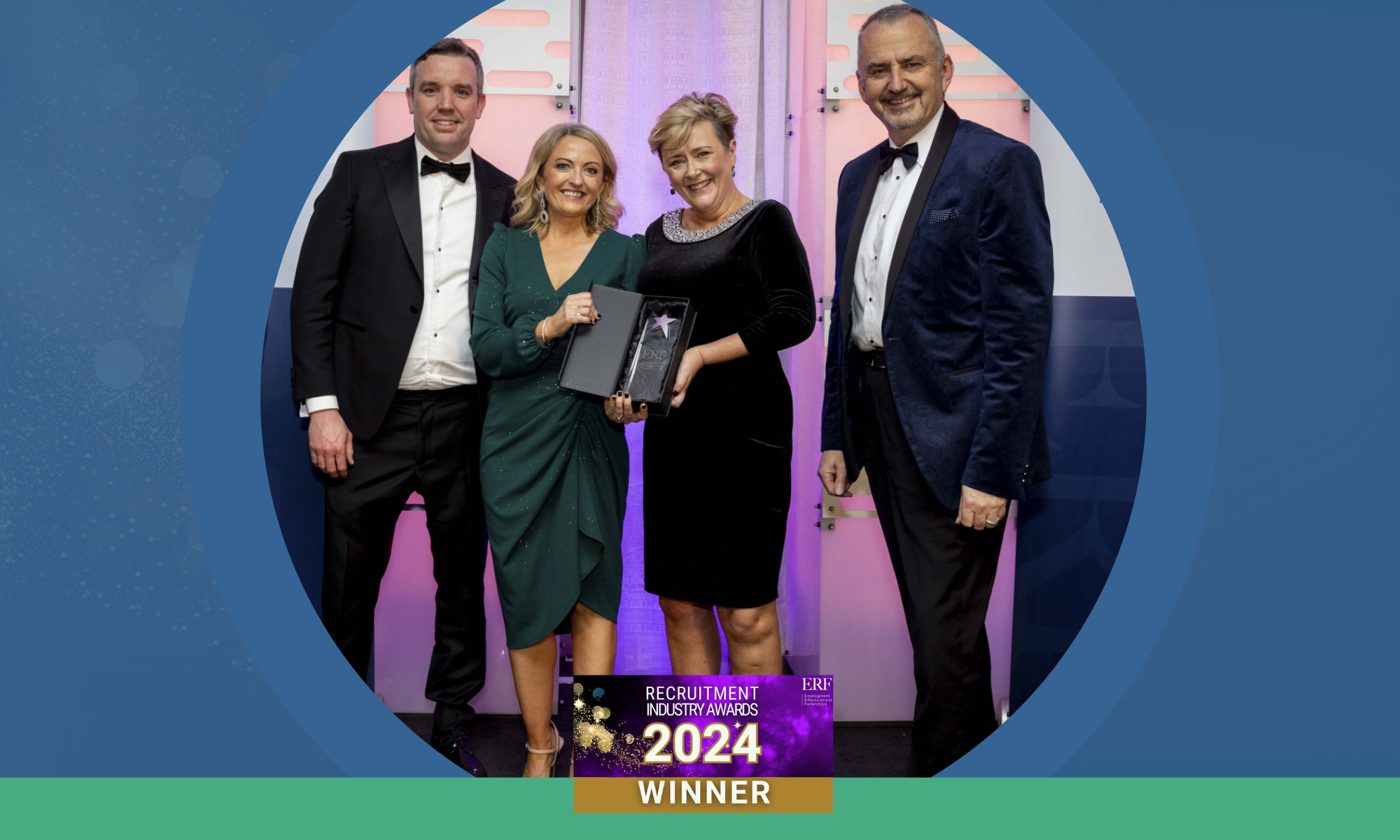Dyslexia Awareness Week
Dyslexia Awareness Week is held in October and takes place from October 7th to the 13th, and October 8th is World Dyslexia Day. It brings forth a full week of awareness raising activities and initiatives.
Dyslexia is a neurological condition that affects the way the brain processes language. It makes it difficult for individuals to recognise and decode words affecting their ability to read, write, and spell. There is often a difficulty breaking down words into their individual sounds. This can make it challenging to understand the relationship between sounds and letters, and to recognise and spell words accurately. It is a lifelong condition but can be managed with appropriate support and intervention.
How To Get Involved
Why not show your support for Dyslexia Awareness Week 2024 by sharing dyslexia-related content on social media. The following relevant hashtags can be used to connect with others who are passionate about dyslexia awareness:
#DyslexiaAwarenessWeek
#DyslexiaSupport
#InclusiveEducation
#EmpowerDyslexia
You can also volunteer and fundraise in a variety of different ways.

This year, Dyslexia Ireland is focusing on the urgent issue of the lack of extra time in exams for dyslexic students in Junior and Leaving Cert exams. Each year that passes without extra time, thousands of young people struggle during exam time. Action and support is needed in order to raise awareness and one way to help is to email the local representatives asking for their support. A list of local representatives are located here.

Dyslexia significantly impacts the learning process of students, making it crucial for both learners and educators to fully understand it. This ensures equal chances for students within the academic framework. Numerous tactics and tools are accessible to aid in providing educational support.
Facts About Dyslexia
Dyslexia affects approximately 1 in 10 people.
The word dyslexia comes from Greek and means “difficulty with words” and it is a specific learning disability (SLD).

Multi-sensory teaching methods
Multi-sensory teaching methods are becoming increasingly popular in today’s classroom environment. It allows dyslexic students to better comprehend and retain information resulting in increased student achievement. When more senses are used, the more effective the learning experience will be. From a teacher’s perspective, multi-sensory teaching methods offer a range of options that make lessons fun and interactive while still teaching.
Lessons involve using visual (watching and seeing), aural (listening and hearing ), olfactory and gustatory (smell and taste), tactile (sense to touch) and kinaesthetic senses (the position and movement of the body). Students will greatly benefit from using all of these senses.
Examples of these teaching methods include:
Advantages of multi-sensory teaching methods are:
Did You Know?
64% of teachers are confident that they can teach a student with dyslexia, yet only 46% feel that they
are currently providing adequate support for dyslexic students in their class.
Servisource can provide personalised educational support to students, placing and matching the most suitable Educational Support Workers (ESWs) to meet their needs.
We understand the importance of continuity of care and we try to ensure returning students receive the same support worker for each academic year.
Servisource ensure the right people with the right skills are available when needed.

Contact Form
Contact Form
Assistive technology
Assistive technology is a powerful tool for students with dyslexia, allowing them to access and process information more easily. Teachers can adapt lessons or create assignments based on specific tools, providing a more personalised learning experience for each student.
Examples of assistive technology includes:
• Optical Character Recognition (OCR) Software: this is technology that transforms numbers, letters, and punctuation from written documents into an electronic device.
• Word Prediction Software: improves typing speed and accuracy by “auto-completing” words that are typed.
• Mind Mapping Software: a learning and organisational tool. It allows users to create maps and diagrams. Useful for note-taking and problem-solving. It also helps with the outlining of projects and presentations.
Advantages of assistive technology are:
By raising awareness and taking part in Dyslexia Awareness Week, it creates a supportive environment and gives individuals access to many support networks and resources. By using the above teaching techniques, teachers will be able to create a supportive learning environment for students with dyslexia, enabling them to better succeed in their academic studies. When teachers assess the needs of each student with dyslexia, each individual’s strengths and abilities are highlighted allowing them to thrive in their educational environment.
With the right people and the right skills and knowledge, there can be sufficient support for students with dyslexia, giving them the tools to tackle their educational challenges while still pursuing academic excellence.










